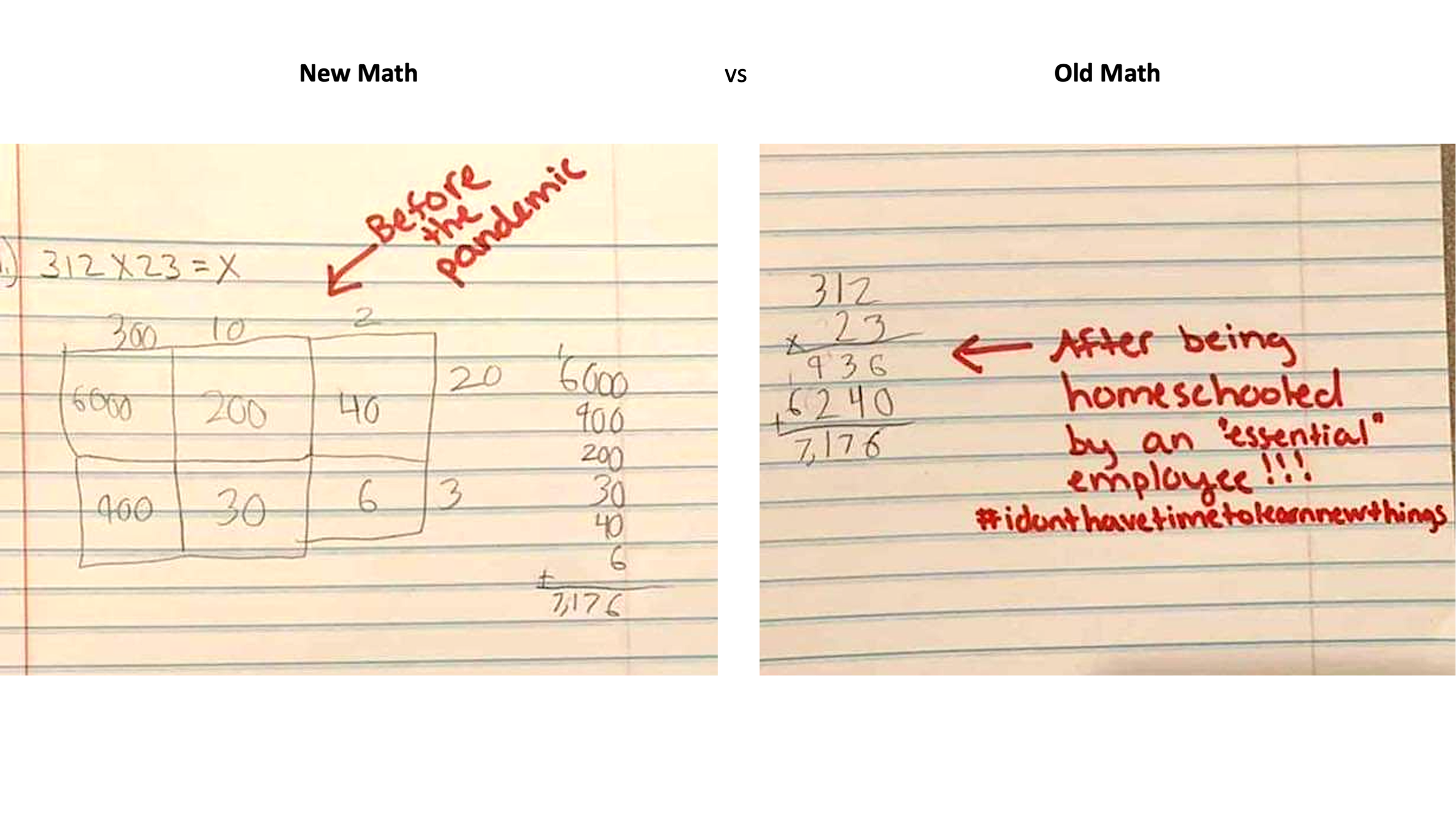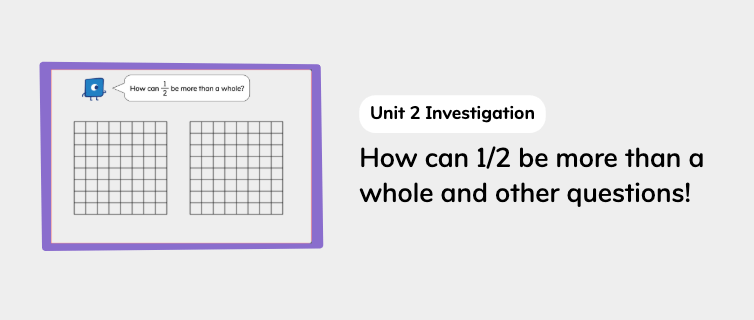The Neuroscience of Big Ideas







How do we teach?
How do we learn?
The Neuroscience of Big Ideas
1. Schema
The Neuroscience of Big Ideas
1. Schema
2. Memory
The Neuroscience of Big Ideas
Bransford and Johnson 1972
1. Schema
2. Memory
Bransford and Johnson 1972
If the balloons popped, the sound would not be able to carry since everything would be too far away from the correct floor. A closed window would also prevent the sound from carrying since most buildings tend to be well insulated. Since the whole operation depends on a steady flow of electricity, a break in the middle of the wire would also cause problems. Of course the fellow could shout, but the human voice is not loud enough to carry that far. An additional problem is that a string could break on the instrument. Then there could be no accompaniment to the message. It is clear that the best situation would involve less distance. Then there would be fewer potential problems. With face to face contact, the least number of things could go wrong.
Bransford and Johnson 1972

Bransford and Johnson 1972

If the balloons popped, the sound would not be able to carry since everything would be too far away from the correct floor. A closed window would also prevent the sound from carrying since most buildings tend to be well insulated. Since the whole operation depends on a steady flow of electricity, a break in the middle of the wire would also cause problems. Of course the fellow could shout, but the human voice is not loud enough to carry that far. An additional problem is that a string could break on the instrument. Then there could be no accompaniment to the message. It is clear that the best situation would involve less distance. Then there would be fewer potential problems. With face to face contact, the least number of things could go wrong.
The Neuroscience of Big Ideas
1. Schema
2. Memory
The Neuroscience of Big Ideas
1. Schema
2. Memory
3. Visualization

bit.ly/PatternMachine

bit.ly/PatternMachine

The Neuroscience of Big Ideas
1. Schema
2. Memory
3. Visualization
4. Doing
The Neuroscience of Big Ideas
1. Schema
2. Memory
3. Visualization
4. Doing
5. Discussing

STUDENT
DISCOURSE

"Why can't we just teach math the way I learned it?"



The volume of work often necessitates computers who can perform the routine machine operations with great speed, but who need not have much logical insight into what the results should be...
Memo: "Computing Group Organizations and Practices at NACA" April 24th 1942

The old way of teaching math was to make you do it like a machine...
The new way is to understand it so you can build the machines!
To ensure that all students are mathematically equipped to solve the world's most challenging problems.
OUR MISSION:

Cherry Creek Champions Day: The Neuroscience of Big Ideas
By Nigel Nisbet
Cherry Creek Champions Day: The Neuroscience of Big Ideas
Presentation Slides
- 217





